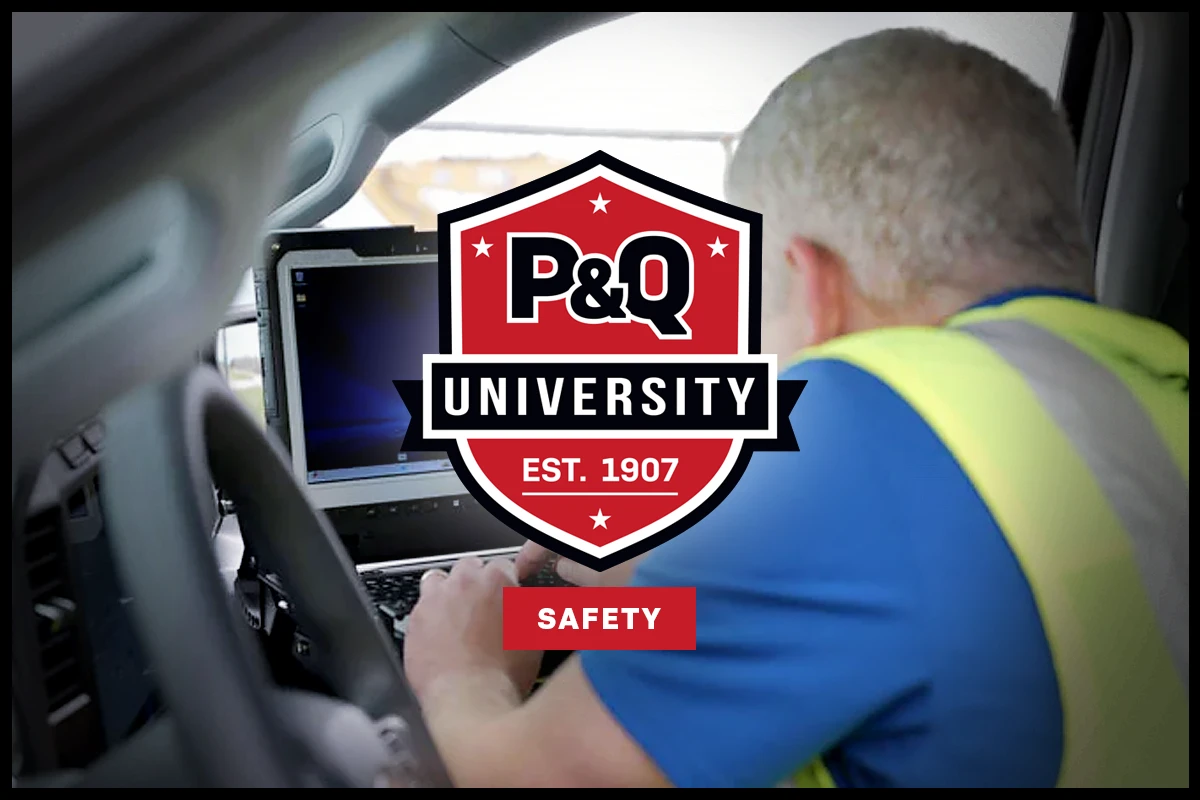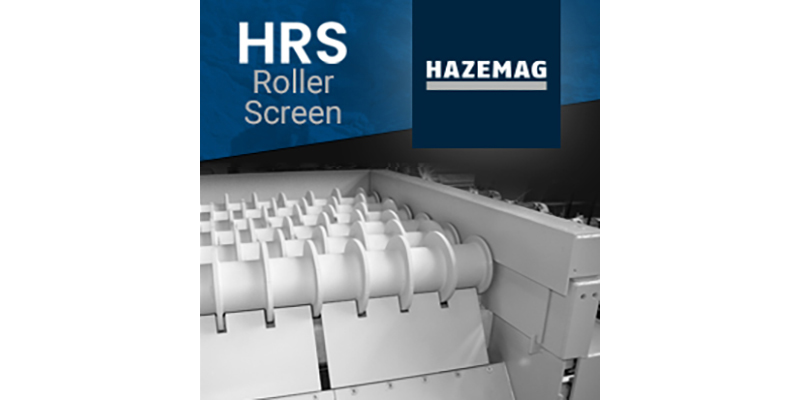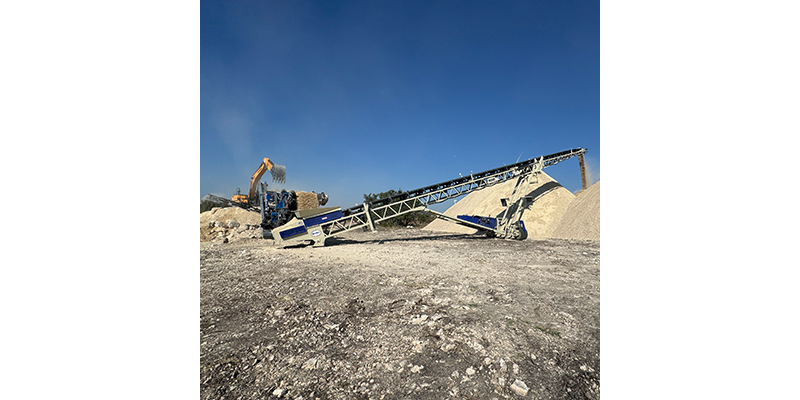Editor’s note: The following is a selected portion from the upcoming 2025 Edition of the Pit & Quarry University Handbook. The full handbook is slated for release this November, at which time additional content will also be published online. Be sure to check back for more content as it’s made available!
The digital transformation of aggregate operations is underway here in 2025, impacting a variety of operational areas – including safety.
One newer regulation for operations is the Mine Safety & Health Administration (MSHA) requirement for mine operators to establish written safety programs for surface mobile equipment, with the aim being to reduce accidents, injuries and fatalities at surface mines and the surface areas of underground mines.
Rugged mobile computers can help mine operators meet the MSHA requirement and integrate new safety actions into their daily operations.
The rule, which MSHA began enforcing in July 2024, was created to help production operators and independent contractors meet safety objectives, including identifying and analyzing hazards, documenting close calls, mitigating risks associated with surface mobile equipment, and identifying and evaluating
technologies to enhance safety.
The goal, of course, is for everyone to make it home safely every day. With the rule, operators must develop detailed procedures and schedules for regular maintenance and nonroutine repairs.
Paper-based system challenges
While MSHA’s safety program mandate marks progress for the mining industry, ensuring ‘round-the-clock compliance presents challenges, particularly in documentation and recordkeeping.
Paper records are vulnerable to dirt and dust damage in mine environments. Paper records are also easily misplaced, delaying inspections and complicating internal audits.
Additionally, manual recordkeeping is time-consuming and inefficient. Locating and updating older documents requires substantial effort, which is especially problematic for large-scale operations.
This inefficiency makes it difficult to comply with MSHA’s requirement and other rules that require documentation to be easily accessible to inspectors and miners’ representatives. Real-time electronic recordkeeping, however, gives mining operations a more versatile, reliable and time-saving approach.
Transitioning to digital
Mining is a tough environment. The range of tasks, hazards, situations and environments that workers are exposed to is inherently risky, so it’s critical to be supported with the right tools for the job.
Rugged mobile computers deliver the performance and reliability companies need to overcome many of the challenges of traditional paper-based systems and realize transformative benefits in inspections, diagnostics, reporting and information sharing. Rugged mobile computer equipment can pass the tough mining environment test and withstand its extremes.
Digital solutions, including rugged mobile devices, provide a more dependable, efficient and accessible alternative for documenting safety programs, tracking machine health and maintaining compliance with new requirements. By centralizing all safety documentation, electronic recordkeeping ensures easier updates, storage and retrieval of important information.
Rugged mobile devices also enable operators to generate reports with speed and accuracy, reducing administrative burdens so personnel can spend less time on paperwork and more on operational tasks like monitoring equipment health, training workers and conducting proactive safety and pre-shift inspections.
The latest cloud-based mobile devices have advanced connectivity capabilities, including 4G, 5G and other industry-specific private LTE networks, so operators can retrieve safety documents in real time from any location. If documentation needs to be pulled from six months ago, operators can quickly access and share the requested records, no matter where they are in the field.
Additional benefits
The transition from paper-based systems to the latest mobile solutions offers a host of additional benefits for miners and mine operators.
Unlike consumer-grade solutions, purpose-built, rugged solutions are designed to withstand harsh conditions. They come IP-rated and MIL-STD rugged, offering enterprise functionality such as glove-touch capabilities, hot-swappable batteries and multi-function connectivity. Their durability allows miners to perform tasks in even the most demanding conditions, ultimately boosting productivity and operational efficiency.
Another advantage of rugged mobile devices is that they significantly enhance communication and coordination across mining teams by centralizing essential information and tools. Even across large and remote mine sites, teams can collaborate with ease and receive instant hazard notifications.
By enabling more efficient communication, devices make it easy to address issues proactively and maintain smooth, uninterrupted operations.
Laptops and other rugged mobile devices also enable miners and operators to transition to real-time diagnostics for powered haulage equipment and machinery. Operators can count on the devices to monitor equipment health, optimize maintenance schedules and maintain operational excellence.
Devices equipped with remote diagnostic capabilities can be used to detect early signs of mechanical failures, electrical problems or wear and tear, so operators can address issues before they lead to accidents or equipment breakdowns. The shift from reactive to preventive maintenance significantly reduces unplanned downtime and mitigates potential risks.
Digitally enhanced future
As the mining sector continues to adapt to the recent MSHA requirement, transitioning to digital systems will be crucial for maintaining compliance and safeguarding workers.
By embracing rugged mobile devices, operators can simplify regulatory reporting, enhance real-time data access and streamline operations. Transitioning to these devices empowers operators to meet evolving challenges with greater agility and effectiveness.
Michael Trafton is business development manager at Panasonic Connect North America.
More from the P&Q University Handbook: Screening (Part 2) | P&Q University Handbook
PROMOTED PARTNERS



&uuid=(email))
&uuid=(email))










